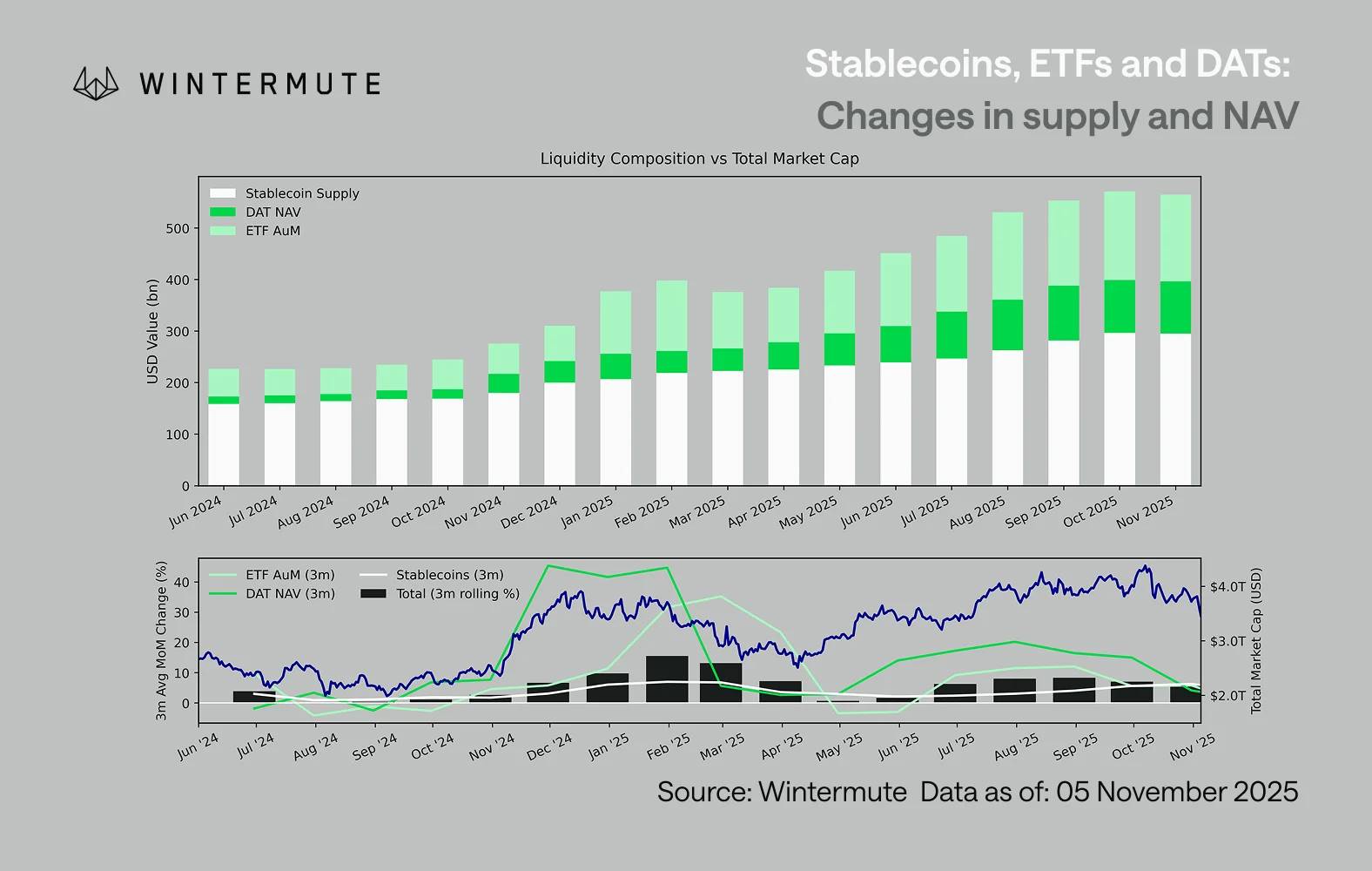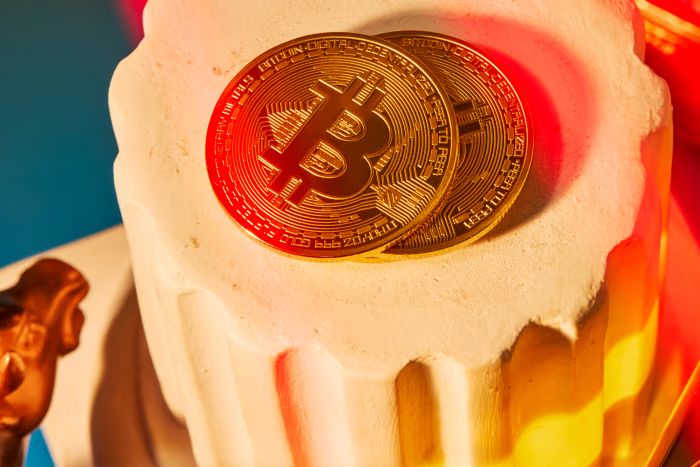U.S. Now Dominates Global Bitcoin Mining, Energy Costs Key Focus – Cambridge Report
Capriole Funds founder Charles Edwards has declared that “Bitcoin is now made in America,” after new data revealed the U.S. now accounts for over 75% of global Bitcoin mining.
Capriole Funds founder Charles Edwards has declared that “Bitcoin is now made in America,” after new data revealed the U.S. now accounts for over 75% of global Bitcoin mining.
The Cambridge Digital Mining Industry report shows a major shift from just four years ago, when China held 50% of the hash rate—highlighting the U.S.’s rapid rise and China’s dramatic decline in mining dominance.
Wild stat. 75% of Bitcoin mining now occurs in USA, per CBECI latest report. Just 4 years ago, 50% was in China. What a incredible competitive loss.
Bitcoin is officially now “Made in America”.
Miner electricity cost was reconfirmed at $45/MWh, a figure we have been using in… pic.twitter.com/xeH3qBUMKM
— Charles Edwards (@caprioleio) July 7, 2025
The report, based on data from mining firms representing nearly half of Bitcoin’s network hash rate, estimates the industry’s annual electricity consumption at 138 terawatt-hours (TWh), resulting in about 39.8 million metric tons of CO₂-equivalent emissions. While 52.4% of the energy mix comes from sustainable sources, natural gas remains the largest single contributor at 38.2%.
Electricity costs continue to be a defining factor. The average rate is reconfirmed at $45 per megawatt-hour (MWh), with electricity accounting for roughly 80% of total mining expenses. This figure aligns with Capriole’s long-used Bitcoin Production Cost model, a key indicator for identifying market entry opportunities.
Regulatory uncertainty and energy price volatility are the top concerns cited by mining companies. In response, firms are prioritizing business diversification and multi-region deployment strategies. However, logistical barriers and limited infrastructure continue to impede further growth.
The findings show that Bitcoin mining has evolved from niche hobbyist roots into a global, energy-intensive industrial operation. As mining centralizes in the U.S., policy and energy access will play increasingly critical roles in shaping the future of the network.
For analysts and investors, the report not only validates Bitcoin’s rising institutionalization but also provides essential metrics to track its cost dynamics and environmental footprint heading into the next market cycle.
Adding to the picture, a separate report by TheMinerMag reveals that the median cost to mine a single Bitcoin is expected to surpass $70,000 in Q2 2025—up from $64,000 in the previous quarter—further emphasizing the rising cost pressures facing the industry.
Disclaimer: The content of this article solely reflects the author's opinion and does not represent the platform in any capacity. This article is not intended to serve as a reference for making investment decisions.
You may also like
New Bitcoin highs could take 2 to 6 months but data says it’s worth the wait: Analysis

Wintermute: Liquidity, the Lifeline of the Crypto Industry, Is in Crisis
Liquidity determines every cryptocurrency cycle.

Ray Dalio's latest post: This time is different, the Federal Reserve is fueling a bubble
Because the fiscal side of government policy is now highly stimulative, quantitative easing will effectively monetize government debt, rather than simply reinjecting liquidity into the private system.

Famous Bitcoin bull "Cathie Wood" lowers target price due to the "replacement" by stablecoins
Cathie Wood has lowered her 2030 bitcoin bull market target price by about $300,000, after previously predicting it could reach $1.5 million.

